Axolotls, also known by the name “Mexican Walking Fish,” are an animal that is trending among exotic pet lovers. Their goofy and unique, colorful appearance increases the charm of any home aquarium instantly.
However, did you know that, despite their popularity, their status in the wild is listed as “critically endangered”?
Wild axolotls have been driven to the brink of extinction because of many different reasons, such as urbanization and overfishing. It is indeed a concerning fact, and one that needs attention.
Let’s take a deeper look into the current situation of these charismatic, goofy little amphibians and the reasons behind their critically endangered status.
How rare are Axolotls?
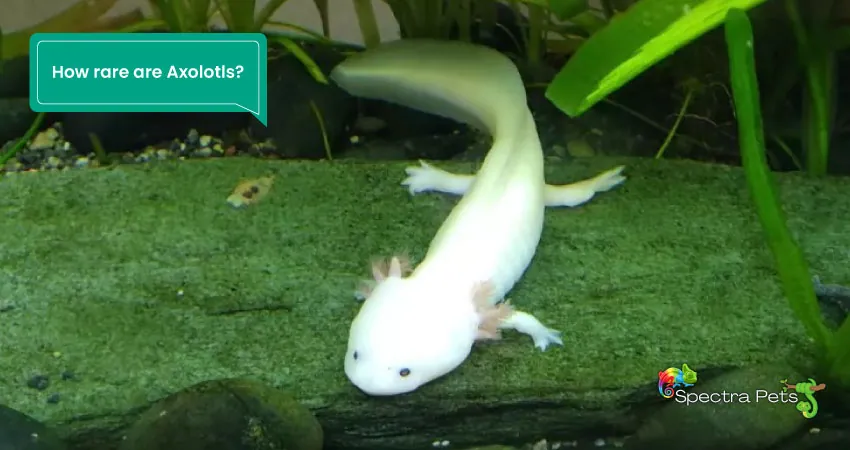
Axolotls are fragile amphibians whose origins are tied to salamanders. Due to their fragility, their numbers have become scarce in recent times. Their low population in the wild makes them very difficult to locate, and their shy nature makes this even harder.
When did Axolotls become endangered?
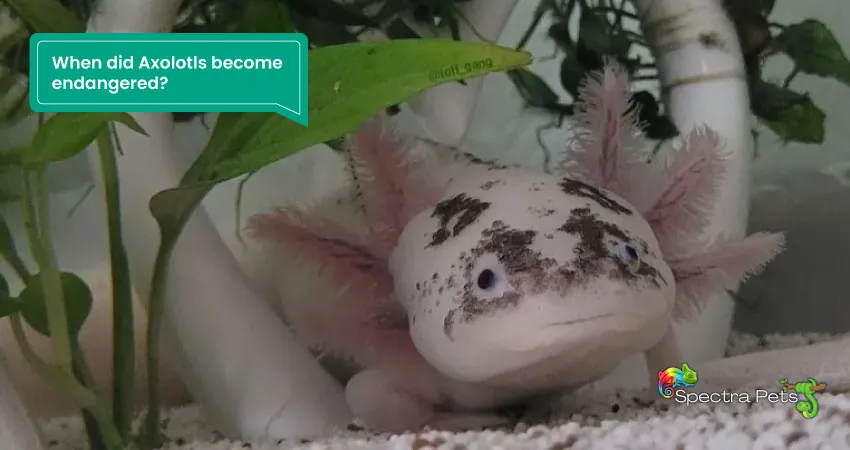
The IUCN conservation index indicates that axolotl populations are rapidly declining and that they face a serious threat of going extinct soon. This decline is only seen among the wild variants, though, as breeders have taken an approach to increasing their number under captive care and have seen great success!
Due to habitat loss and the prevalence of invasive fish that were introduced decades ago in an effort to establish fisheries and reduce food insecurity, the species was listed as critically endangered in 2006.
In 2009, experts calculated that the population of axolotls had decreased by 90% over the previous four years, a decline that had been made worse by urbanization. After a brief period of time in 2015, researchers thought the animal may have completely vanished from the wild. They somehow managed to discover one a few weeks later.
Luis Zambrano, a Mexican biologist, carried out a study on axolotls native to Lake Xochimilco. In his studies, he found out that the average population of axolotls in the lake was about 6000 per sq km in 1998, but the number saw a steep dive, to the point it went as low as 35 per sq km as of today.
How did Axolotls become endangered?
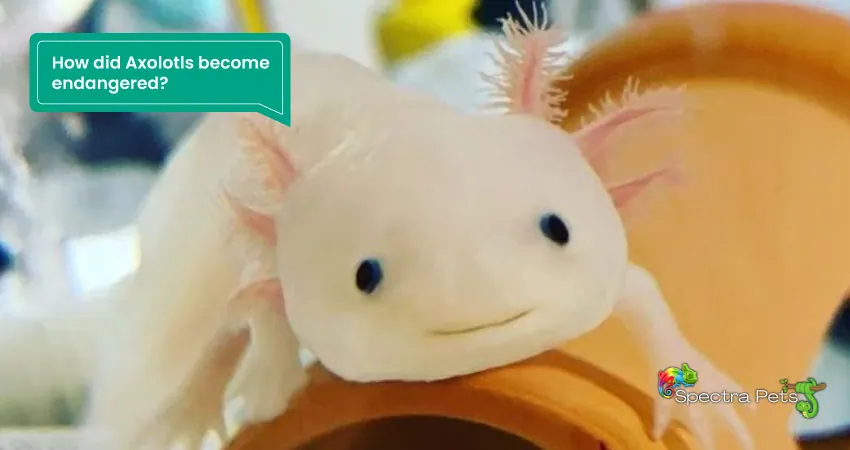
A lot of factors have contributed to driving these cute little amphibians to the brink of extinction. Let’s examine some of the most probable reasons for this dramatic decline in axolotl populations:
Pollution
Mexico’s capital, Mexico City, has undergone substantial development in recent times. And this industrialization has directly affected the water bodies nearby, namely the canals of Lake Xochimilco. The water has become polluted in many canals of the lake’s network, and it has made many areas completely uninhabitable for most exotic creatures, axolotls being one of them.
Fishing
Axolotls are widely loved as food in Mexican culture. A popular preparation, known as “Axolotl Tamales” was vastly popular in Mexico, and still has its place in Mexican cuisine. Because of this, they have been heavily fished, which has led to a substantial decrease in their population around Lake Xochimilco.
Loss of Habitat
A large portion of the area near Lake Xochimilco has seen utter drainage and destruction because of the industrial progress of Mexico City. This also includes Lake Chalco, which is known to be the most historic habitat of these amphibians.
Invasion and Predation
The existence of axolotls has been significantly threatened by invaders and predators. Many birds and fish that like to prey upon axolotls have countlessly fed upon them, which has played a key role in the axolotls’ “critically endangered” status.
Two main threats—non-native fish and pollution—are blamed by ecologist Luis Zambrano for the axolotl’s rapid decline.
In an effort to increase the protein content of the local diet, programs of the Food and Agriculture Organization of the UN introduced carp and tilapia to Xochimilco in the 1970s and 1980s. But as these fish grew in number, they started to devour baby axolotls and drive them away.
Research Purpose
Do you know about the unique ability that axolotls possess? It is regeneration. Not only can they continuously regenerate all four of their limbs, but for as long as they live, this unique amphibian can also heal and regrow its own tail, brain, skin, jaw, and even the spinal cord.
If that’s not mind-blowing enough, axolotls are 1,000 times more resilient and cancer-resistant than mammals!
This set of unique abilities makes axolotls excellent subjects for research tasks, which is why a significant number of them have been captured from the wild, leading to a decline in their wild population.
What color Axolotls are rare?
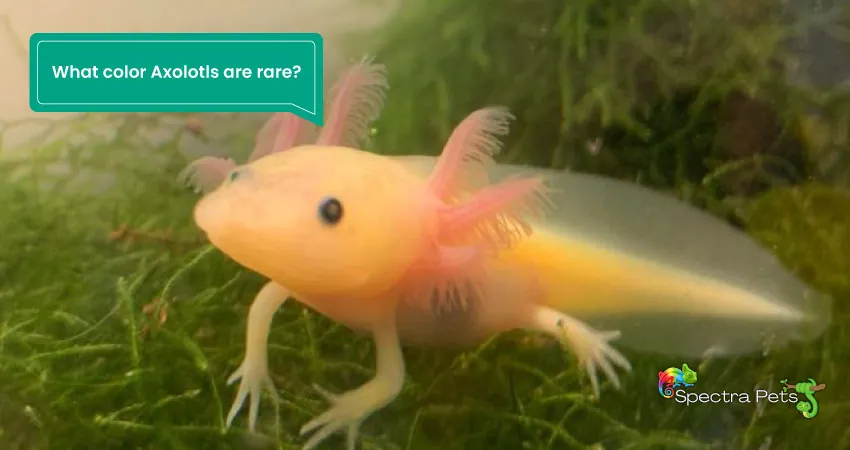
The lavender morphotype of the axolotl is incredibly uncommon. Both lavender and light gray are possible body colors for these particular animals. Its body is covered in numerous spots. These spots can be any shade between dark gray and light silver. When compared to the animals’ purple coloring, these spots stand out remarkably.
Read Next: Can Axolotls Change Color?
How many Axolotls are left in 2023?
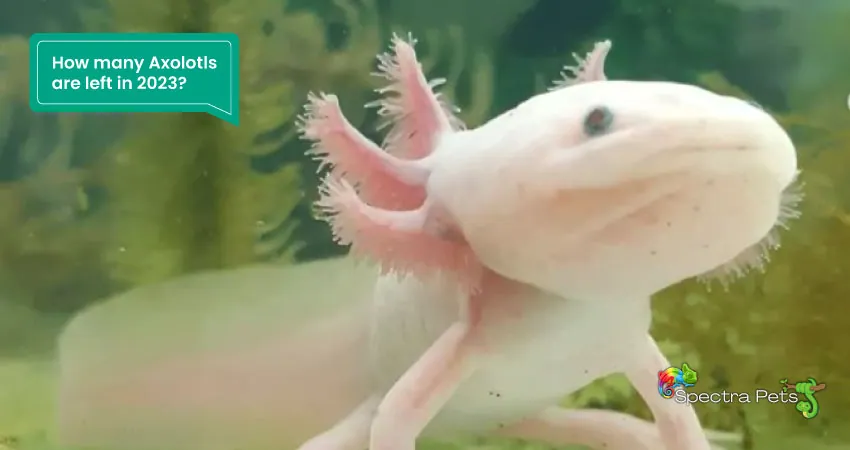
The number of wild axolotls is extremely low, possibly even close to extinction. According to the International Union for Conservation of Nature, their estimated population ranges from 50 to 1000. This is unfortunately not the most accurate number, as wild axolotls are very elusive and difficult to locate.
On the contrary, axolotls that are under captive care have a much larger population than those in the wild. It is estimated that the number is more than 1 million!
Are pet Axolotls rare?
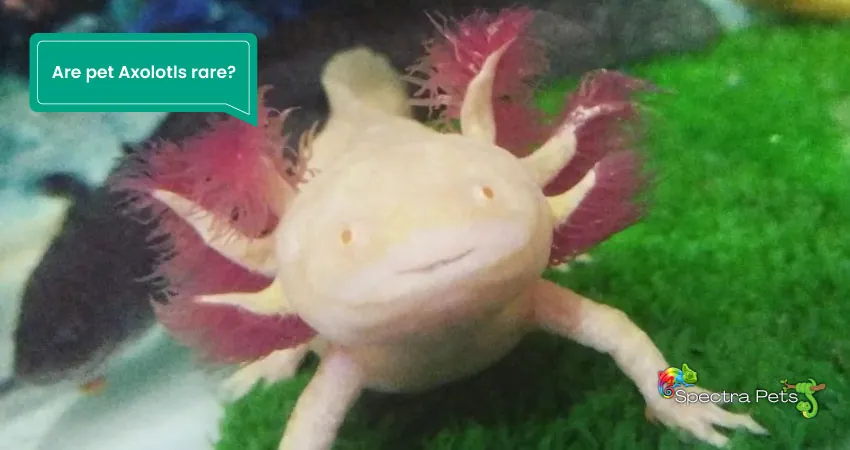
Captive-bred axolotls are not rare at all! Because of their increasing popularity as an exotic pet, breeders have taken the approach of mass-breeding these goofy little creatures. In some parts of the world, especially in Asia, axolotls are even served as a dish and are considered a gourmet delicacy!
Axolotls are quite easy to find online for purchase, although you should inform yourself beforehand about local laws, as some states in the U.S. have outlawed owning any axolotls at all.
Read More: Are Axolotls Good Pets?
Why is it important to save wild Axolotls?
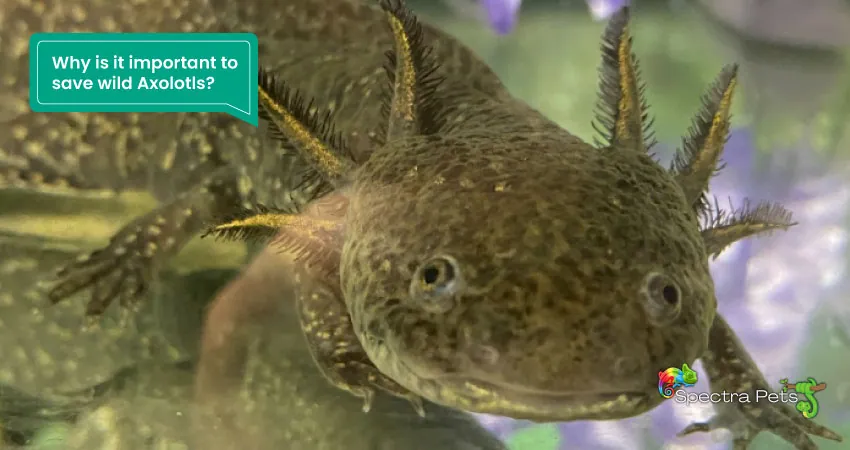
It is indeed true that there are a large number of axolotls in captivity. But, as with all other human resources in urban areas, they are more vulnerable to fire, flood, earthquake, and so on than the wild ones. It is also a concerning fact that the captive axolotls are undergoing significant genetic changes every generation, and soon there will be none left with the original genetic makeup.
Additionally, there are worries that the prevalence of inbred axolotls may have a detrimental long-term effect on conservation efforts as diseases and deficiencies spread.
Are people trying to save Axolotls?
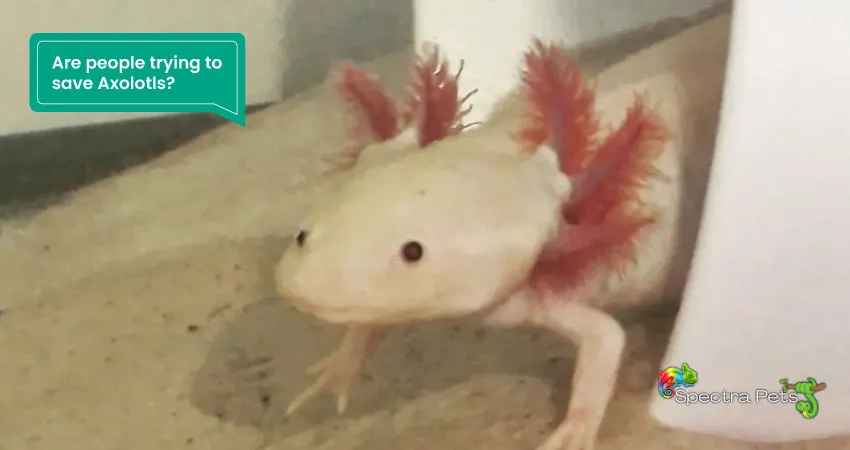
Axolotls are in very real danger of going extinct, so there has been a recent uptick in efforts to protect their numbers.
Biologists are still working to this day on how to reinstitute captive-bred axolotls at Lake Xochimilco in order to boost the wild population and promote natural breeding. Also, the Mexican government and numerous nonprofit organizations are working to save wild axolotls. Their approach includes rehabilitating some of their freshwater habitat and providing ecotourism so that people can see the unusual salamanders in the wild.
They have placed many “pens” strategically around the canals of Mexico City, which provide axolotls with shelter.
Researchers and farmers are collaborating to build floating islands that are built from lake mud, wooden logs, and many plants that grow on water, all of which play a role in filtering contaminated water.
Wrapping Up
The steep decline in the wild axolotl population is indeed very concerning. It is very important to save them in order to preserve biodiversity. You can also contribute to this by donating to a non-profit organization that is taking measures to save these goofy creatures.
Here are a few non-profit organizations you can donate to in order to preserve the axolotls and their habitats:
